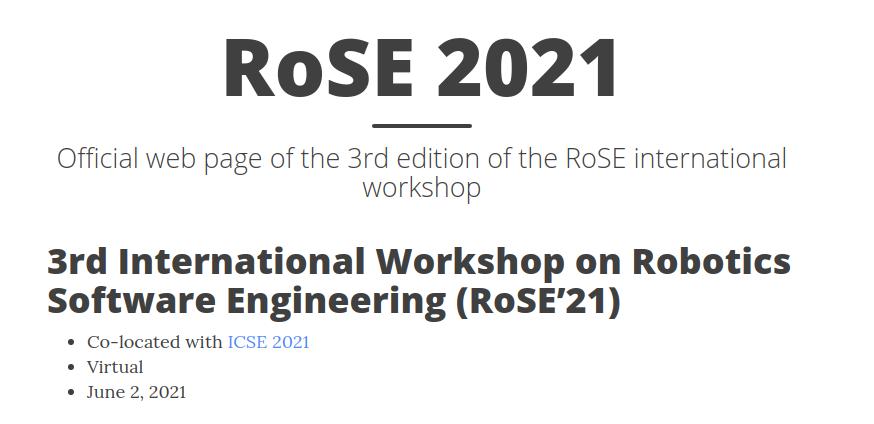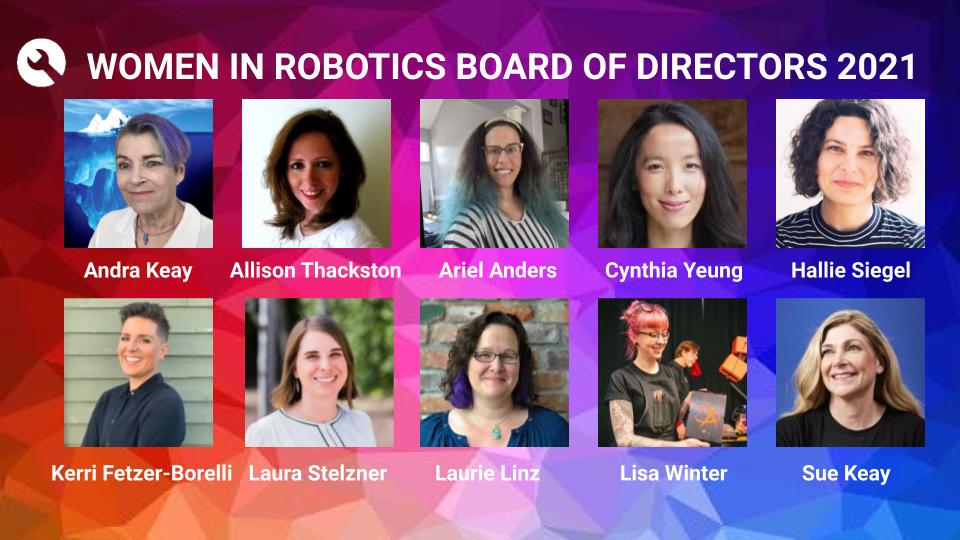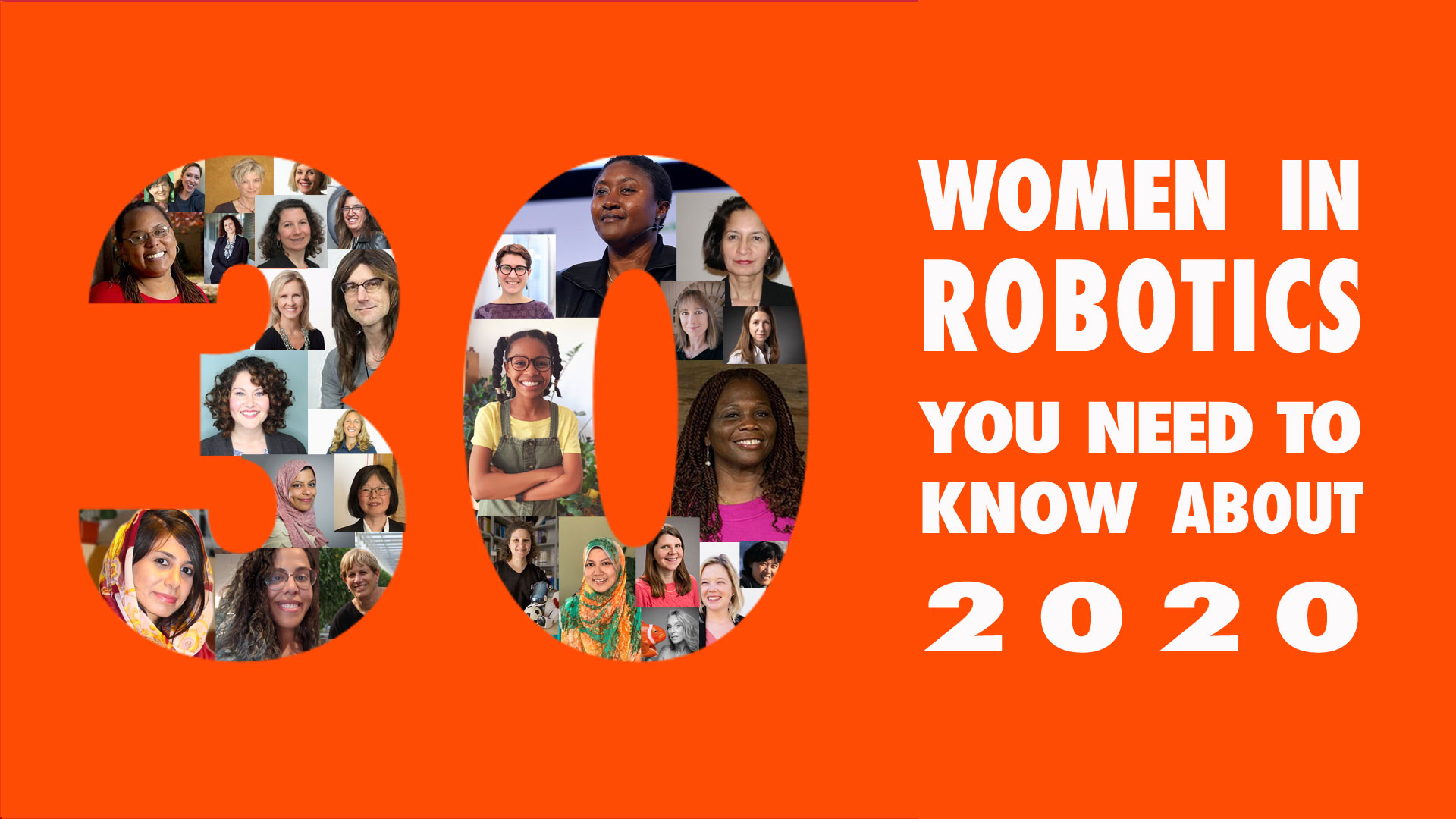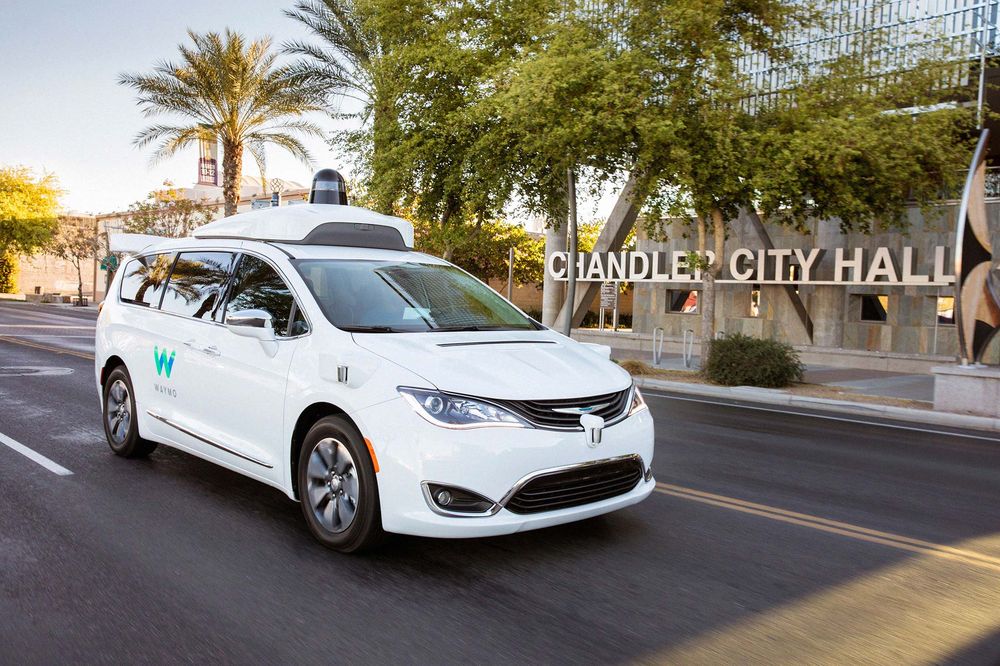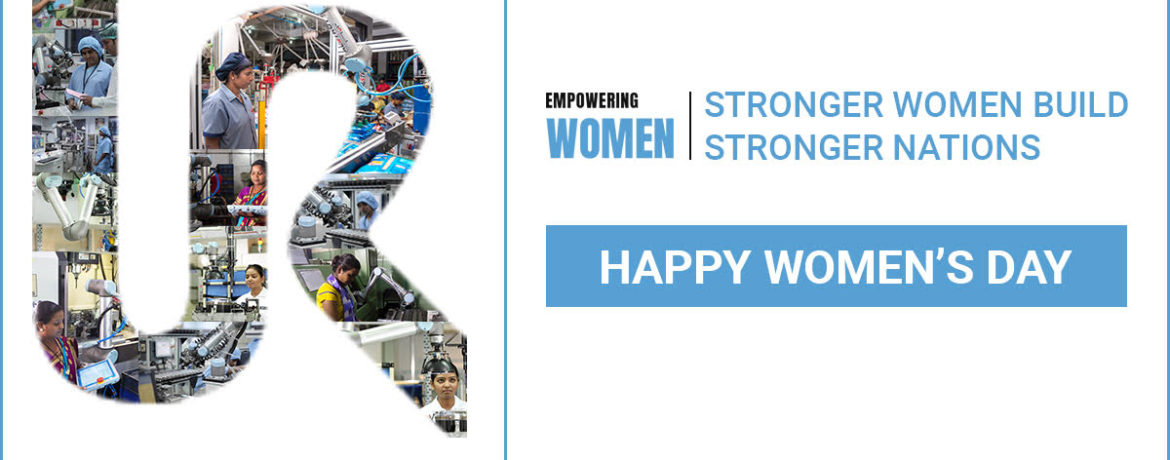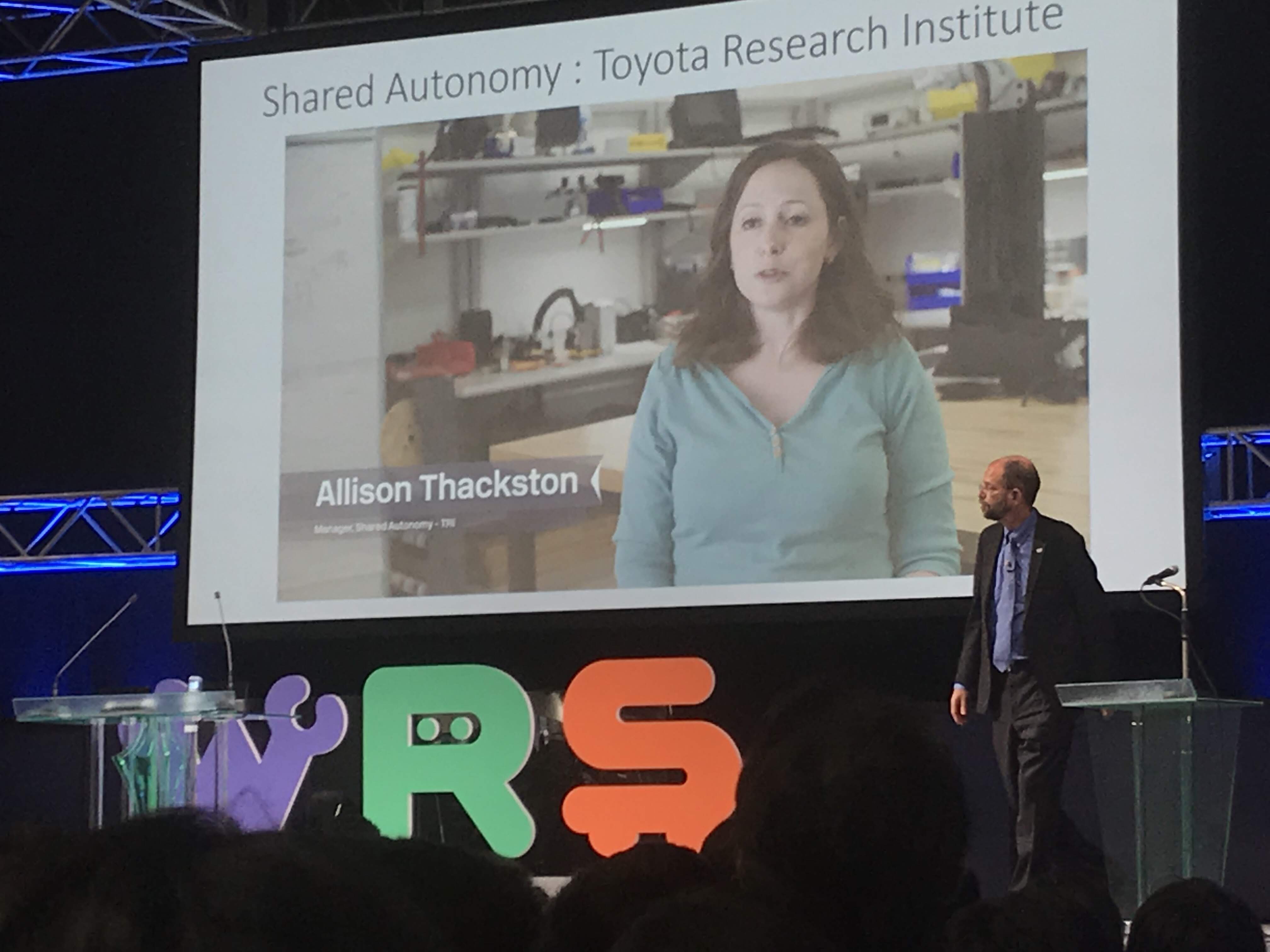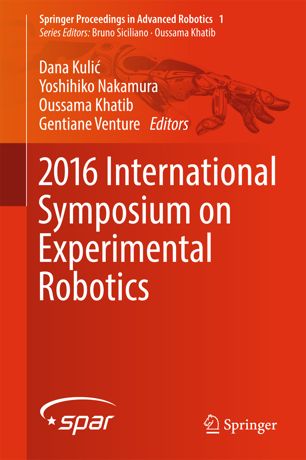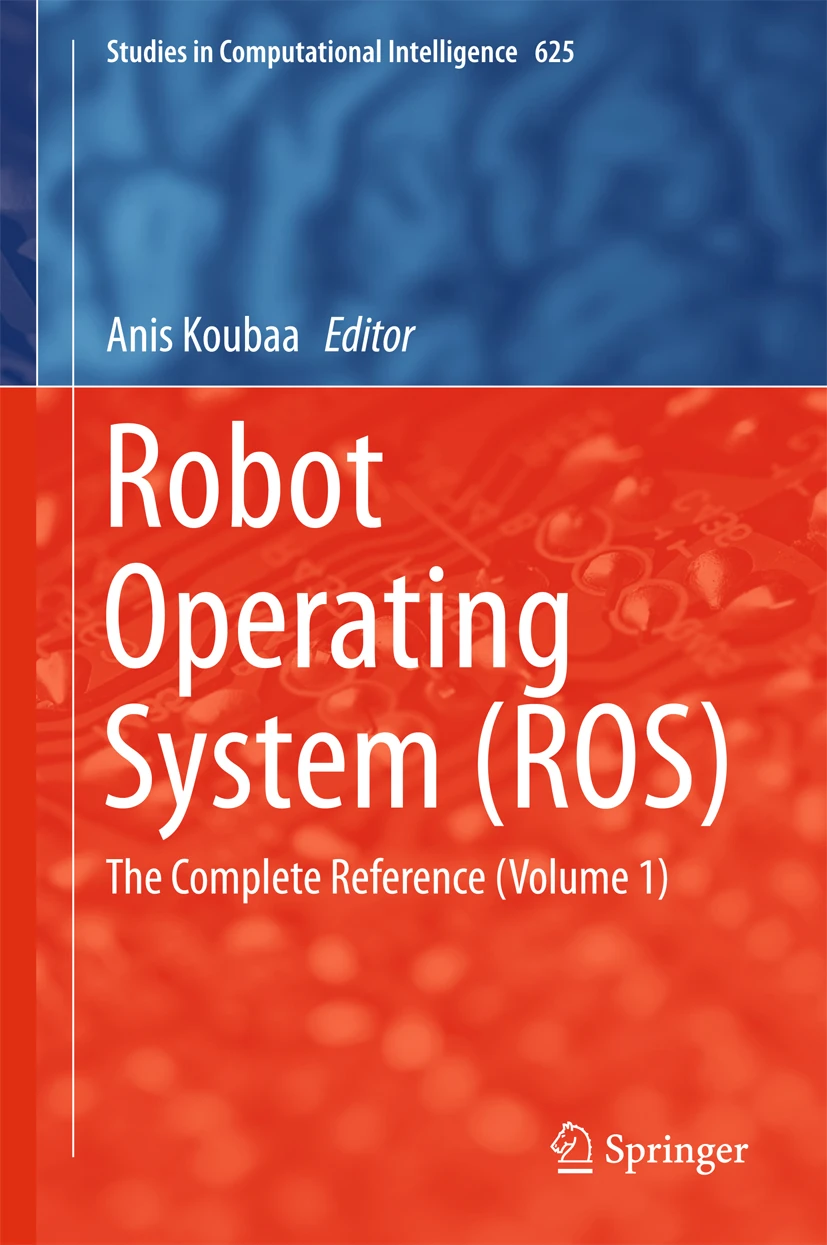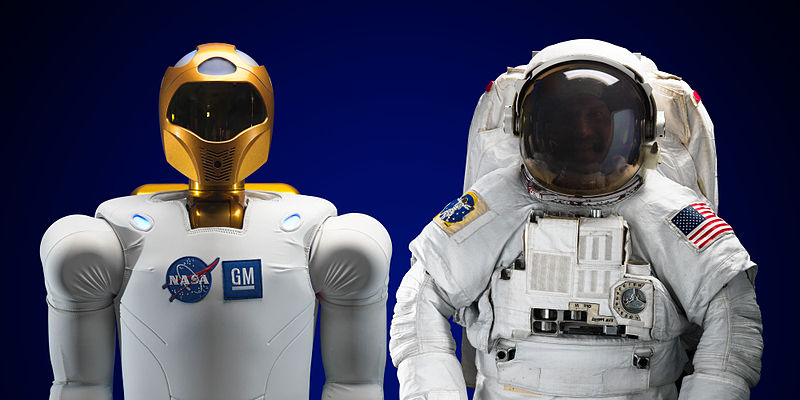Robots are increasingly becoming a vital component in a number of industries. Robots can complete more complex tasks at an impressive rate. This session discusses the anticipated future direction of and future fields of robotics application. Learn how to identify if robotics is the right solution for you, and hear about some upcoming opportunities and challenges in autonomous robotics.
I am honored to participate in the third Self-Driven Women event. I talk with Shilpa Gulati, and Congcong Li about some of the toughest and most interesting problems in ML and robotics and how it enables us to build a scalable driving autonomous driving tech stack. We also discuss their respective career journeys and answer live questions from the virtual audience.
I spoke at ROSWorld 2021 talking about my experience developing with VS Code, Docker, and ROS2.

I had such a great time as a Panelist at the Curiosity Conference! My panel was about the impact AI will have on education and what the future of education will look like in 20 years.
Looking forward to making ROS2 the best robot middleware ever!
For the majority of my career in robotics, I have been using ROS - the Robot Operating System. It has definitely made a huge impact on the research community, and I have been fortunate to be a part of it.
My lab got to play around with Google Cartographer. It was really fun to make this video with everyone! You can see how well Cartographer deals with a dynamic scenario.
I was asked to be the keynote speaker of the second day of ROSCon. I’m so proud to have been a part of the team that put ROS in space!
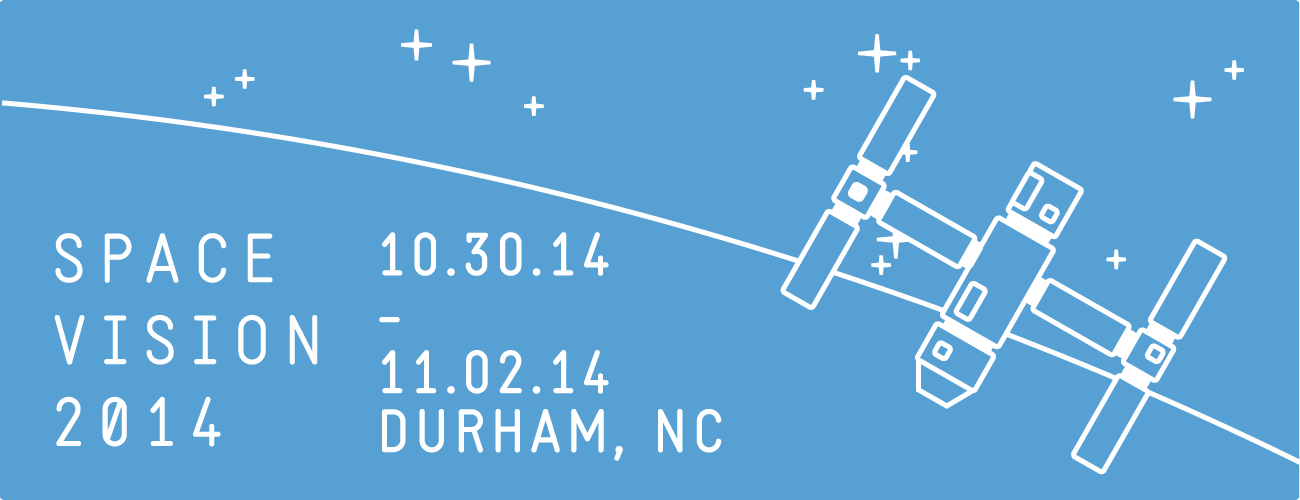
I was an invited speaker at SpaceVision, the annual national conference of Students for the Exploration and Development of Space.
Check out the nodelet version of the prosilica driver I wrote!
Paper published Jun 2014 i-SAIRAS Int. Symposium on AI, Robotics and Automation in Space
Paper published at IEEE Humanoids 2013, IEEE-RAS International Conference on Humanoid Robotics
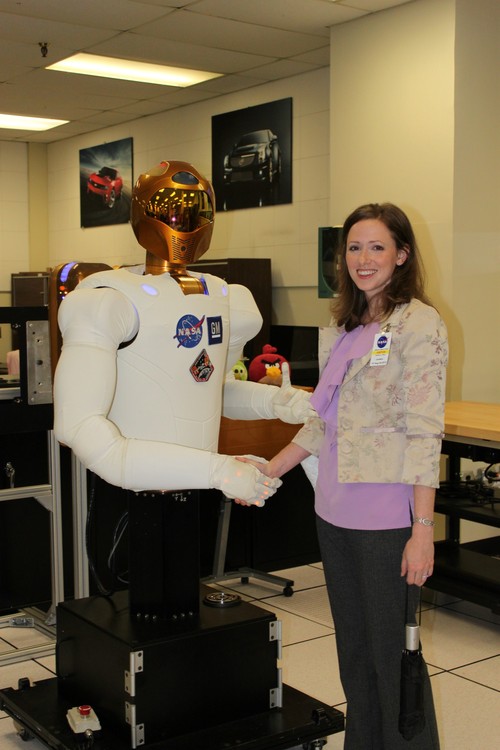
Embarking on a new adventure, I joined the incredible team behind NASA’s Robonaut project in December 2012. I’m excited to develop and implement cutting-edge robots that would revolutionize space exploration.
White paper published in the Military Sensor Symposium Parallel Conference 2012.

The CROWS ISR project focuses on repurposing the aging Common Remotely Operated Weapons Station (CROWS) sensor package, breathing new life into decommissioned military hardware. I helped update the sensor package with advanced software, making it suitable for cost-effective ground-based persistent surveillance systems. The improved software grants direct access to the camera and enables pan-and-tilt functionality, expanding its application to various mission areas. This pragmatic approach not only conserves resources but also highlights the adaptability of military technology for innovative and impactful uses.
